On Thursday, nearly 100 Romanian nationalists, led by Mihai Tîrnoveanu, went to the WWI-era Austro-Hungarian graveyard in Úz Valley, despite curfew restrictions in place.
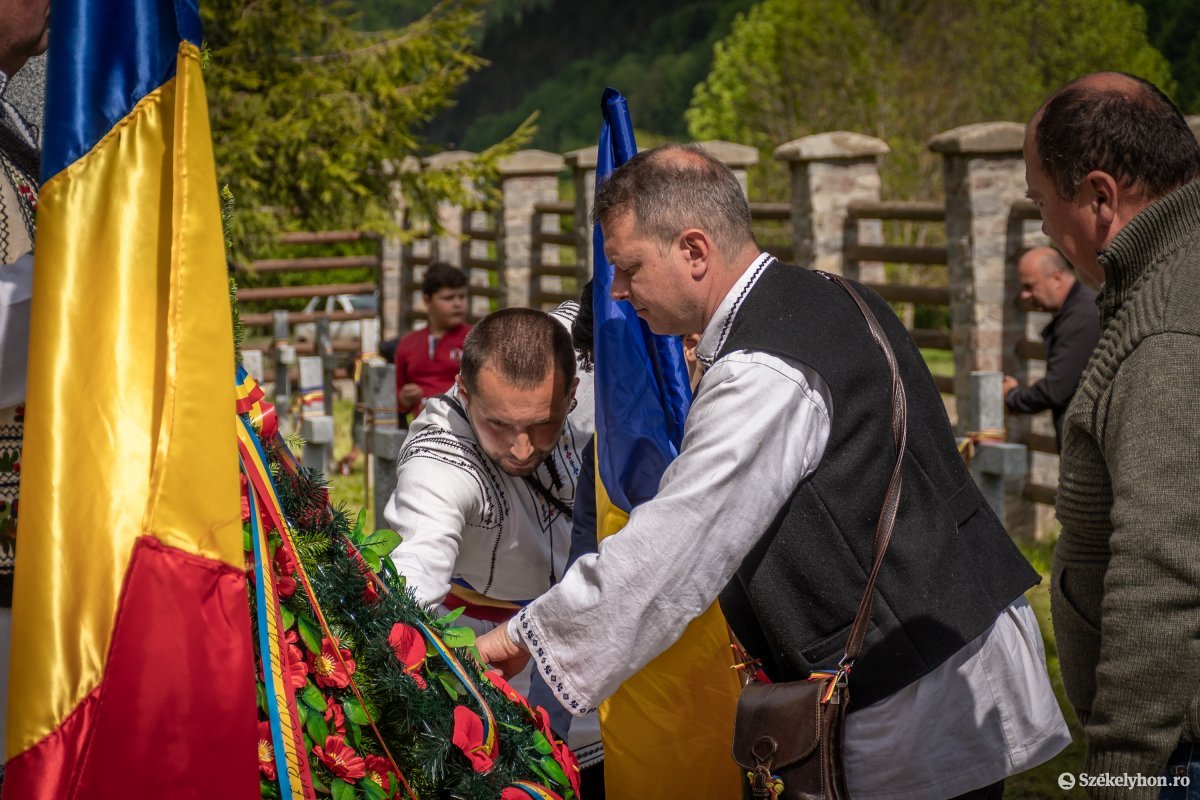
After last year’s violent actions, when an angry Romanian crowd broke into the cemetery, despite a chain Hungarians silently praying around its fence, nearly 100 Romanians went to the graveyard again this year to hold a commemoration. Similar to last year’s event, the organizer was the president of the nationalist Calea Neamului Association (The Way of the Nation), Mihai Tîrnoveanu. The massive crowd neglected current curfew restrictions between settlements due to the coronavirus pandemic to make the trip on Thursday to the graveyard. Tîrnoveanu, for example, had to cross multiple county borders to get there, as he lives in Brassó/Brasov County.
Hungarian correspondent was “unwanted” at the event
According to a szekelyhon.ro correspondent, who was on the spot, only one policeman and one gendarme secured the area at the beginning; they were later joined by more policemen and one special forces group, as well as several plain-clothed policemen who “mingled” in the crowd. Meanwhile, one person asked the correspondent to leave the military graveyard, saying he was “unwanted” at the event.

Present were Dărmănești/Dormánfalva Mayor Constantin Toma, four Orthodox priests and the youngster who was the first to break into the cemetery last year – and who was even decorated for this by the Dărmănești mayor.
On Thursday, after an Orthodox liturgy was celebrated by the priests, the names of 150 Romanian soldiers allegedly lying in the graveyard – even though Romanian authorities acknowledged last summer that this number is maximum 11 – were read out loud, then both Constantin Toma and Mihai Tîrnoveanu gave a speech. The latter called last year’s event a major victory, emphasizing that not even the “red-white-green human chain” could stop the Romanians from entering the cemetery.
The truth about the numbers
After the Romanian crowd broke into the Hungarian cemetery and inaugurated the illegally erected Romanian war memorial and stone crosses last June, a Hungarian delegation went to Bucharest to discuss the issue. There, the Romanian delegations first started their talks by naming 149 soldiers, then dropped this number to 11 (because it turned out that 130 Romanian soldiers were actually buried in Úz Meadow, not in Úz Valley). Furthermore, out of the 11 soldiers mentioned by the Romanian delegation (eight are named, while the other three are unknown), five were actually citizens of the Hungarian Kingdom with Romanian ethnicity. And the bones of the alleged 150th Romanian soldiers in fact turned out to be the remains of an animal. So to sum up, instead of the alleged 150 Romanian soldiers fighting for Romania in WWI, a maximum of six actually rest in the Úz Valley cemetery, and three of these are unknown.
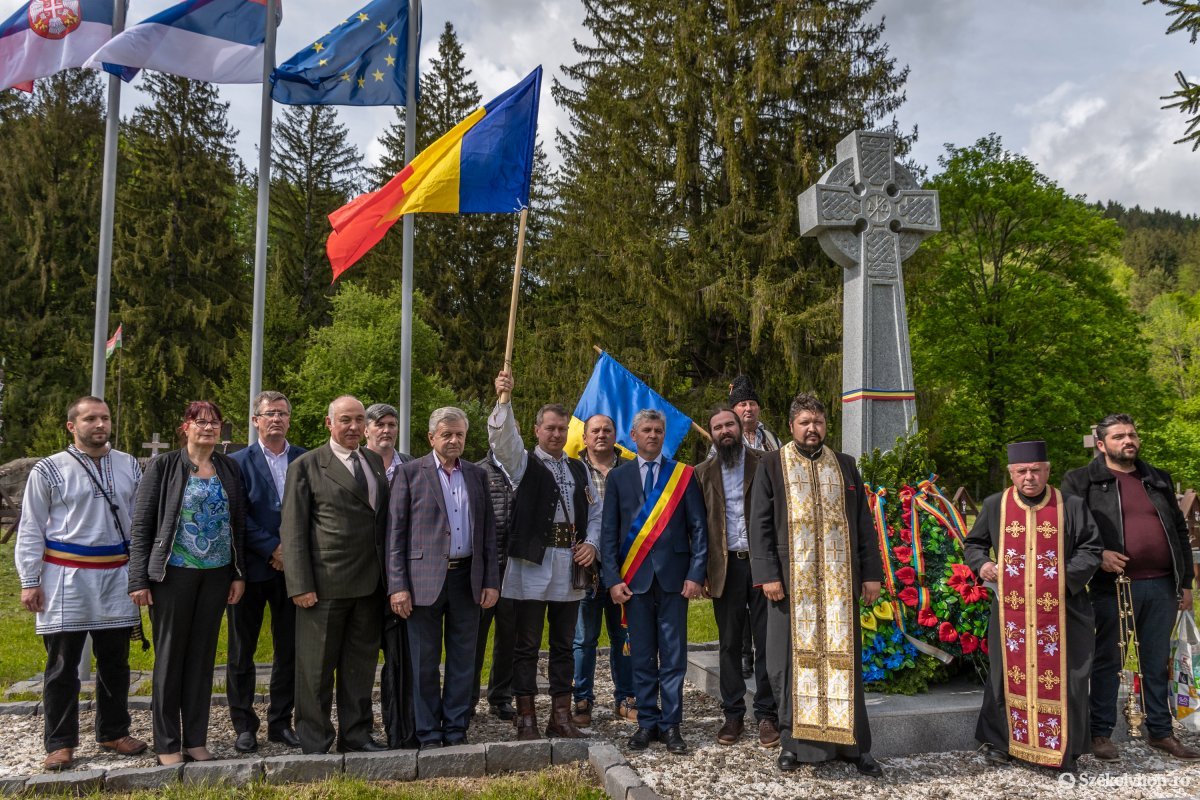
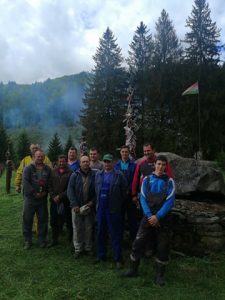
Hungarians mowing, Romanians celebrating
On the other hand, it is proven with documents that actually about 650 mostly Hungarian (and Austrian and German) soldiers are resting in peace in the cemetery, which has been taken care of by the local Szekler-Hungarian community since the very beginning – for the past 100 years, up until even today. It is symbolic if we take a look only at this week’s chronology: Two days before the nearly 100 Romanian nationalists appearing in the Úz Valley, the 11 volunteers mowing and cleaning the entire graveyard were Hungarian.
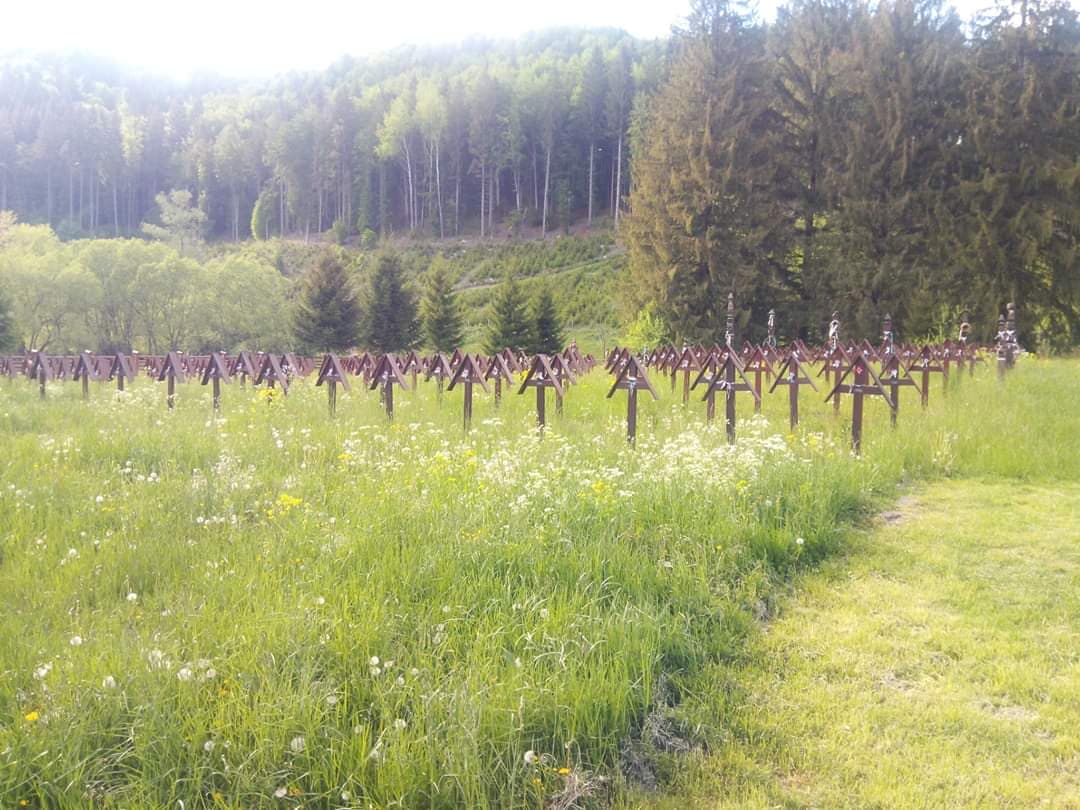
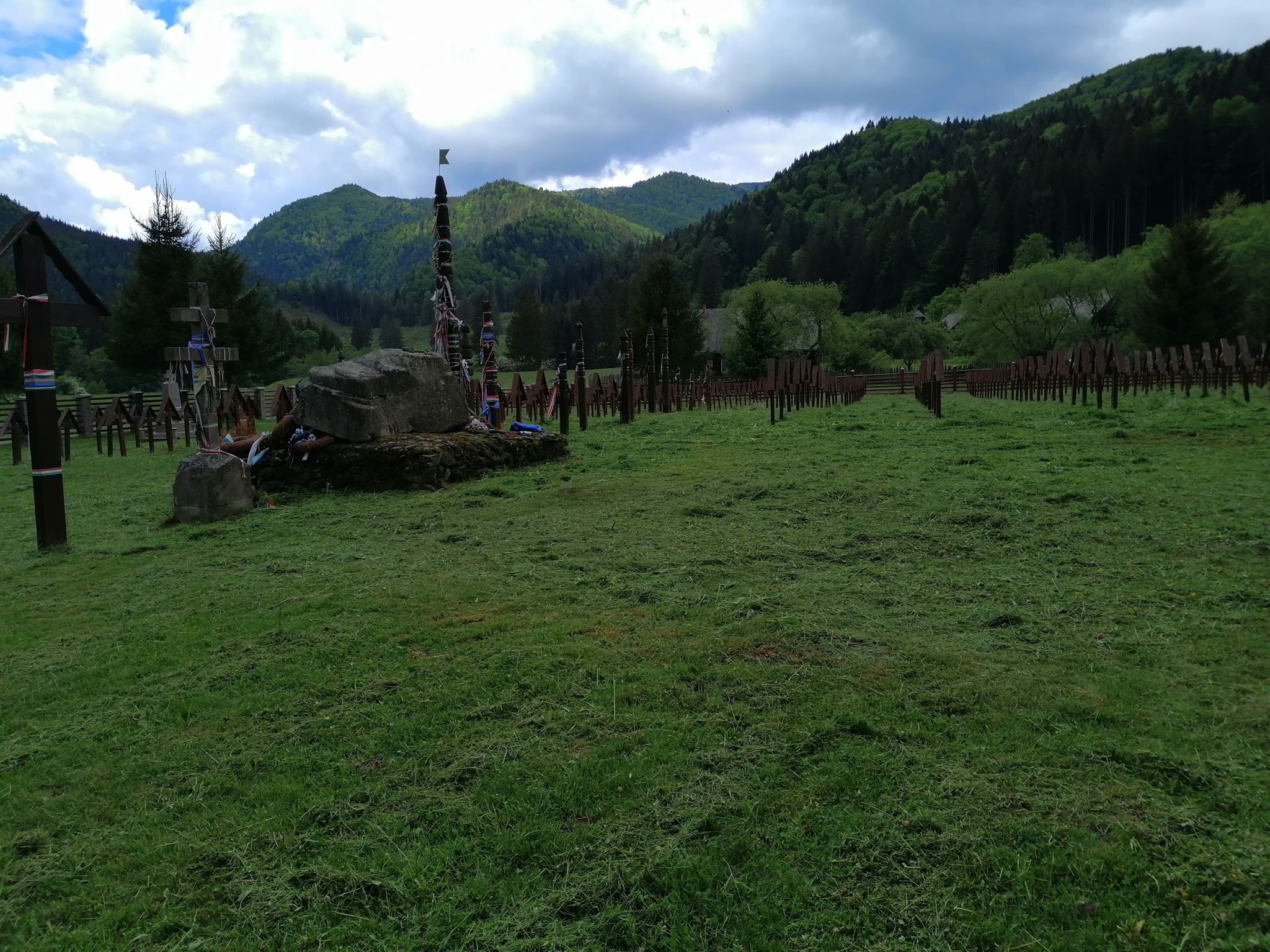
Title image: Nearly 100 Romanians celebrated in the WWI-era Austro-Hungarian graveyard in Úz Valley on May 28, 2020, where they illegally erected 52 concrete crosses and a war memorial last year. (Photo: Attila Pinti/szekelyhon.ro)